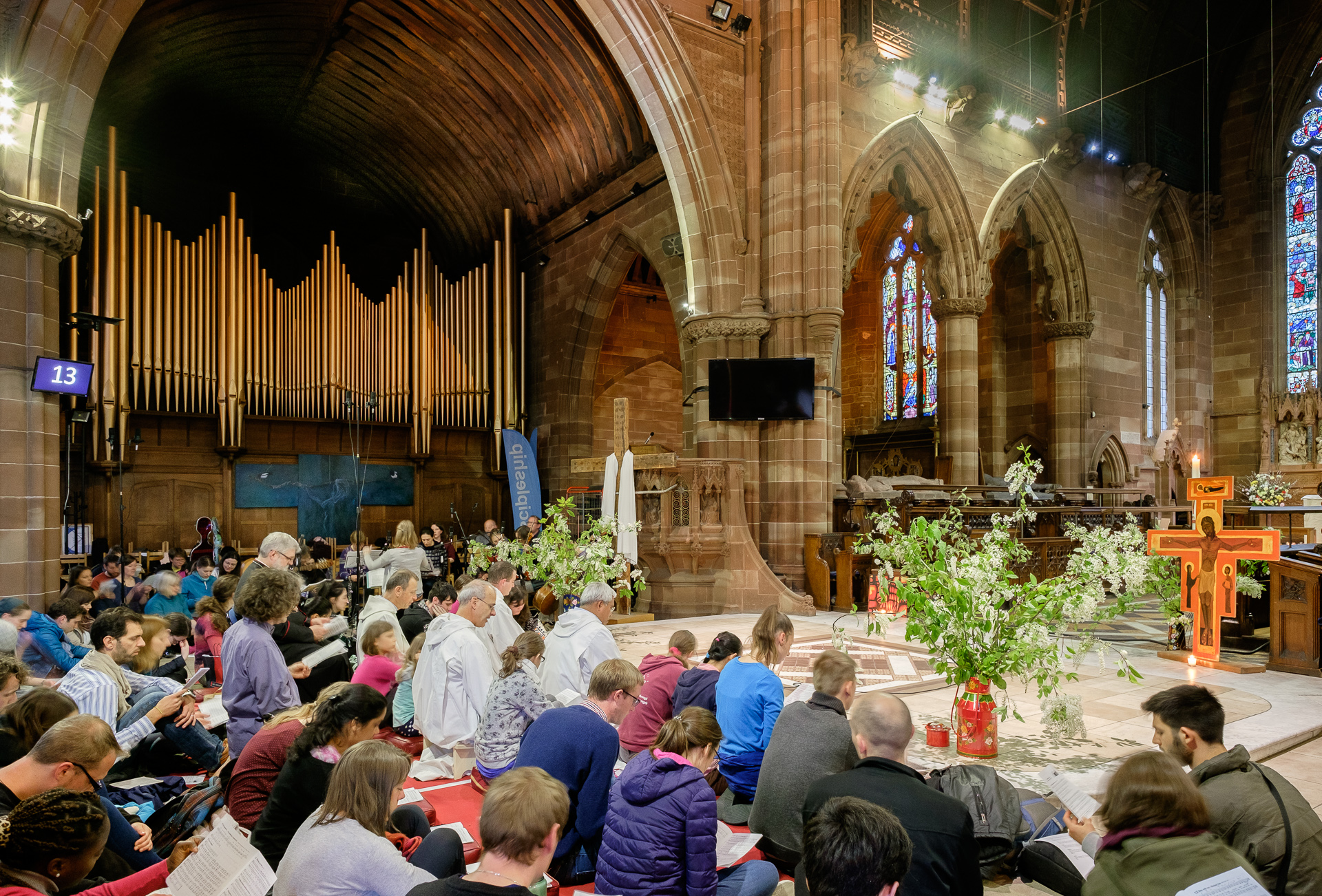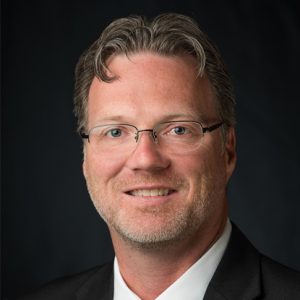
How do we pray in a post-traumatic Church?
In terms of designing specific prayers attentive and responsive to the experiences of traumatic wounding in our Church, the principle of subsidiarity helps us to understand that the People of God in each local environment bear the responsibility for discerning prayers with maximal impact for their place and time, prayers which possess the most appealing combination of brevity, prayerfulness, and direct honesty. They must emerge from the concrete particulars of time, place, and culture, not be dictated or handed down from the outside. They may be designed by presiders, other priests, deacons, liturgists, music directors, teachers or laity. There is no obvious reason why victims cannot be held in prayer at every mass, nor are there persuasive reasons why a presider should consistently neglect to include such prayers, especially in his own voice. Such neglect may imply an unacceptable indifference, stemming from a probable clericalism, which needs attention. What gets prayed liturgically can be healing for victims and their allies by establishing truth-telling as an ecclesial and liturgical practice which occurs before God, and which in turn can re-establish trust through repeated action. In such prayers, victim-survivors and their allies may experience themselves as seen, heard, and even presented with opportunities to reconfigure their own specific wounding and memories of it. So too, in tone and style, prayers can communicate words of comfort to those harmed, or prophetic words of ecclesial self-examination and confession of ecclesial sin. In short, prayers of the faithful can direct the community’s prayerful gaze upon its own concrete experiences, shortcomings, and opportunities, and in all cases should be meaningful to the experience of victim-survivors.
A victim-centered prayer of the faithful, which also acknowledges the violence that abuse of a child renders to entire communities, might read like this:
We pray for all victims of abuse around the world, within the church and beyond, and especially for all children everywhere, that the healing Spirit of God move among them and within them. And that the church – the People of God – be filled with the same healing spirit. We pray to the Lord.
A somewhat more strenuous and confessional prayer, which acknowledges clerical and institutional responsibility, might read more like this:
We the church pray for its leaders, that they would practice new leadership by recognizing and repenting of sin and its consequences within the church, especially those sins which cause innocent children, families, and communities to suffer unjustly. We pray to the Lord.
Both prayers comprise discrete dimensions of the one reality, and it can be useful to separate them and give spiritual attention to each. In all examples, the prayer should reflect the clarity of a victims-first approach, which in turn may open victim-survivors anew to the redemptive power of the liturgy. The prayer and its liturgical placement may welcome the wounded into a new and personally meaningful spiritual realization of the ways in which God acts as Lord and redeemer of even these experiences. Such fresh encounter, however, is contingent upon tangible liturgical openings and possibilities. None of this is a matter of course.
While likely too long for liturgies other than masses of healing or liturgies of lament, other forms of prayer like the one below can invite the congregation into a more extended contemplative practice. As a contemplative practice, a prayer could be more probing or exploratory, filled with petition yet also gratitude, drawing those praying into new vistas of hope. It can also employ different theological structures, including creedal, Trinitarian, and eucharistic structures. One such extended example might read like this:
Good and gracious God, we come before you because you first came alongside us. You are the God who has drawn near and remains near. Fashion us into a grateful people. Lord we are grateful for the painstaking efforts of those working for child protection and child flourishing at this crucial time. May they be joined by all in the church. Bless them, be with them, comfort them, and please do empower them. Help us to model your will for the church according to St. Paul, united in Christ and therefore disinterested in factionalism and party spirit.
Lord, create within us clean and cleaner hearts to see the world, the church, and all of your children everywhere as you see them, as you know them, as you relate to them as God and redeemer. Draw closer still, especially to all those who have been made to suffer by the crime and sin of abuse, and restore for them the power of your purifying love. May they know your unfailing gaze of love as their deepest truth, before and beyond all harm.
Creator God, you are father and mother to us all, your children. You have made us one family and you draw us into your own life. Help us, and help us to help others when we fail to feel your loving gaze, or fail to act for and with others. Come to us once more and make our hearts ready.
Lord God, in the humanity of your son Jesus Christ you assumed all that is human, took it up into your divine life, and healed it from all that was broken and self-contradictory. And so now in you and therefore in us, shame has no power. Grant us the wisdom of your Word to live into this new life, and help us to breathe new life into a church where shame is given no place, bears no impediment but has given way to a boundless precious love for all and a self-love among all. This is now, for us, the love beyond imagining which is the mission of your church because it was the mission of your Son.
Lord God, breathe into us the fire and connective energy of your Holy Spirit, which binds us together in the church as pilgrims and friends and redeemed sinners, and binds us to your whole creation. May your spirit move once more to renew the face of this Earth so that there is no child vulnerability. Be with all children everywhere, even in this moment those who are threatened, insecure, or unloved. In the unrestricted power of your Spirit, may they know themselves as dear and lovable, not alone; as whole and complete, not vulnerable; as known and cherished and brought into communion, not abandoned. Give to them and to all who need it your Holy Spirit of resiliency.
Lord, may we your pilgrim church muster courage and truth to confess sins where they are present. Forgive us our sins. For your sake and for the sake of all those you love beyond imagining – especially your children – redeem us. Redeem the Church called to preach your good news. May its vocation to protect children be fully realized, so that the People of God become for the world a sacrament of salvation, a sign of child protection and of child flourishing. Amen.
As Deborah van Deussen Hunsinger urges, “Praying with those in need is at the heart of the Christian life. The New Testament urges us to bear one another’s burdens (Gal. 6:2), to confess our sins and pray for one another (James 5:16), to encourage one another (1 Thess. 5:11), to care for one another (1 Cor. 12:25).”[1] In our respective local communities, parishes, families and intimate relationships, may we so act, boldly and publicly, for our sake and for the sake of all those direct and indirect victims caught up in the disordered web of sexual abuse traumatic wounding.
[1]Deborah van Deussen Hunsinger, Pray without Ceasing: Revitalizing Pastoral Care(Grand Rapids/Cambridge: Eerdmans, 2006), ix.
 —Dr. John N. Sheveland holds the Flannery Chair in Catholic Theology, Gonzaga University, Spokane, WA., USA.
—Dr. John N. Sheveland holds the Flannery Chair in Catholic Theology, Gonzaga University, Spokane, WA., USA.
Photo Attribution: David Ash Photography

